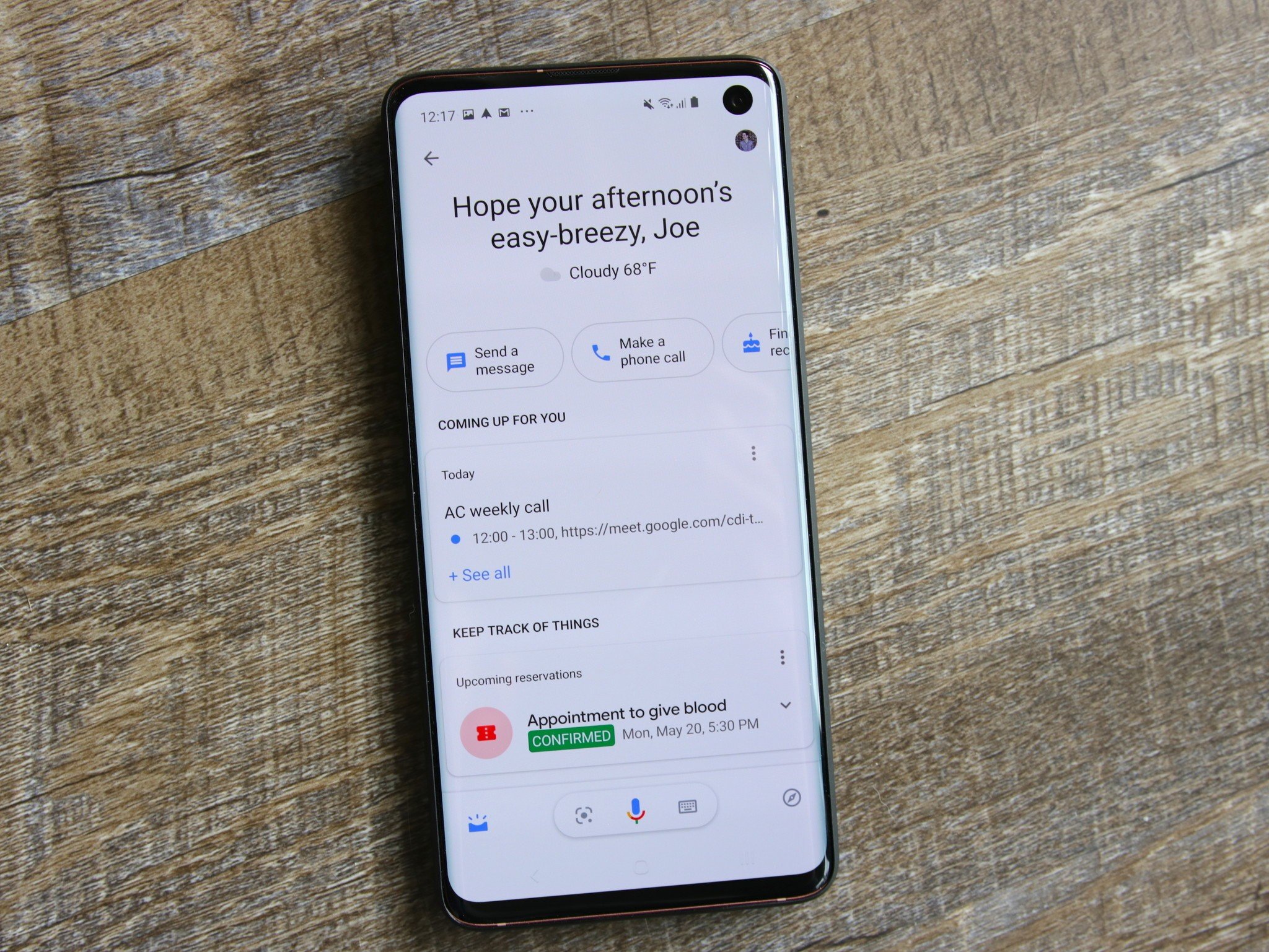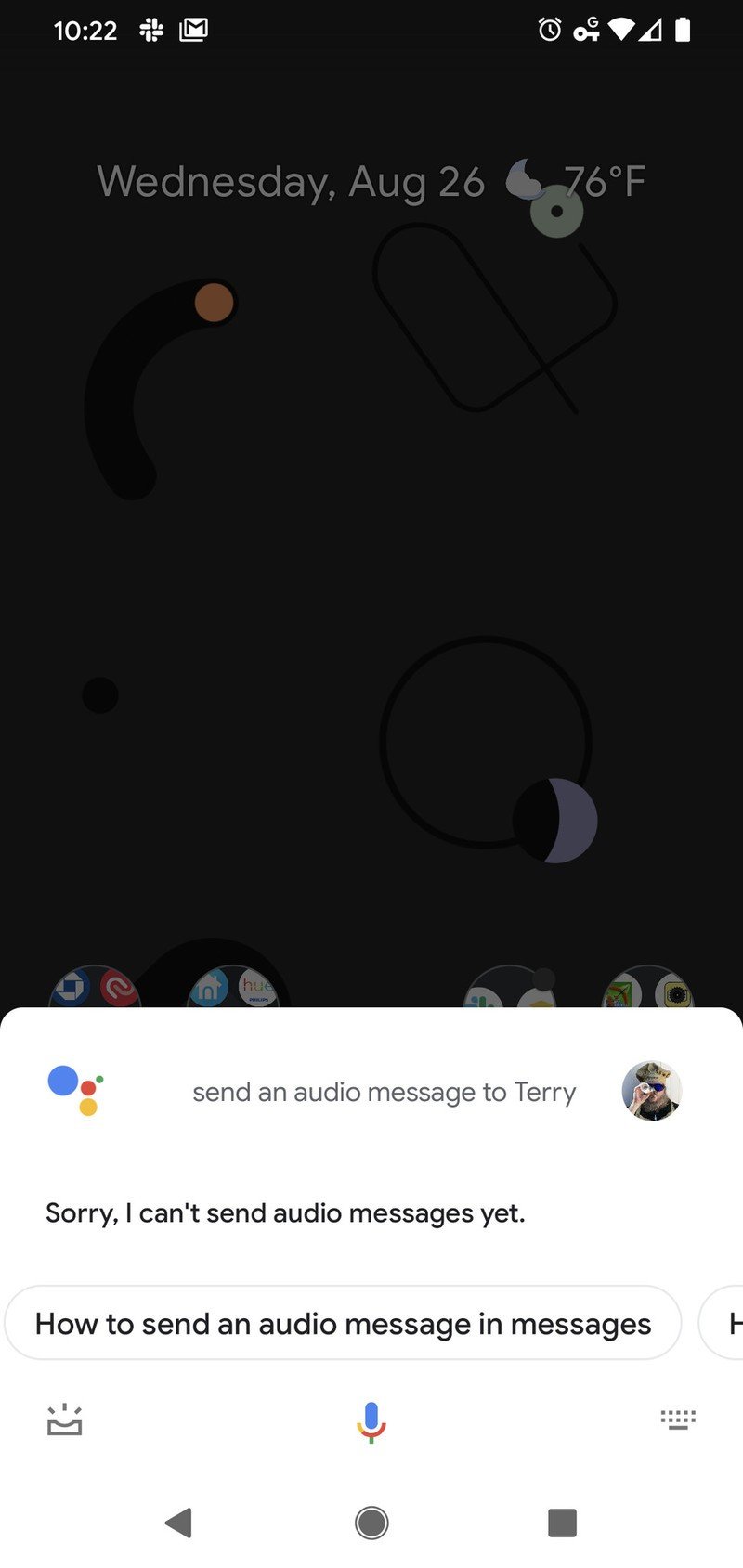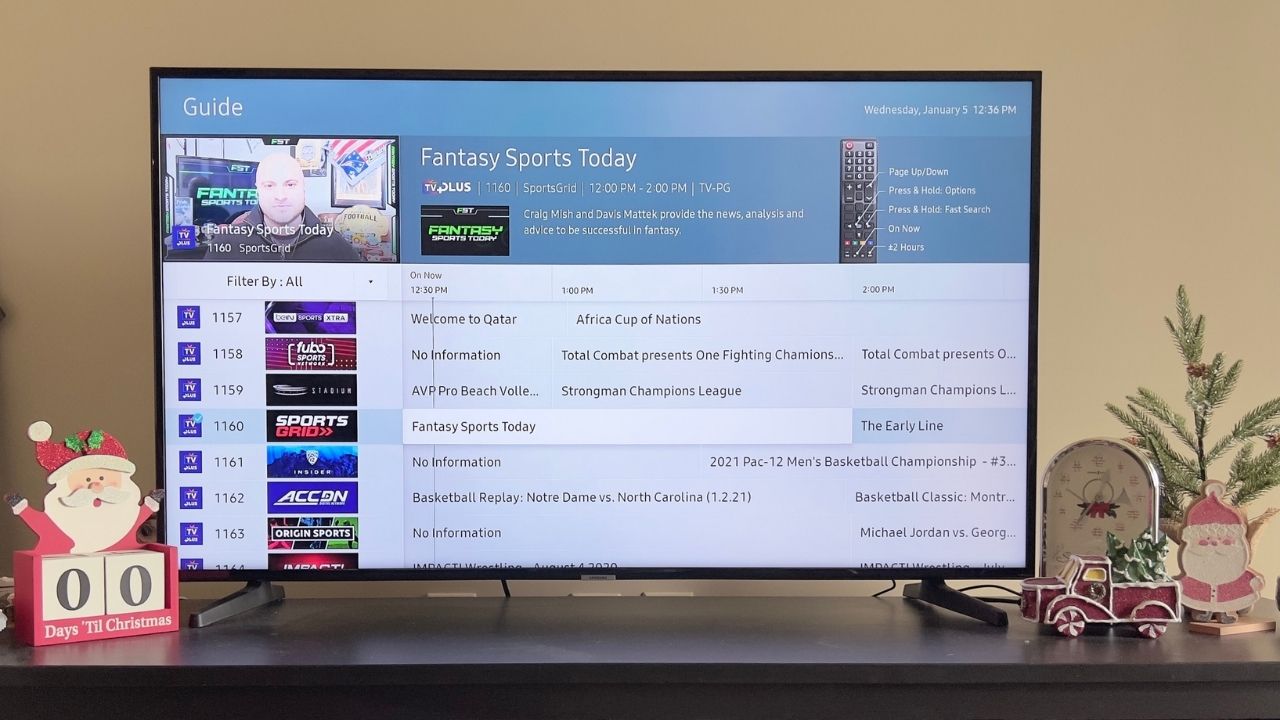Google's feature 'trollouts' are deliberate, and there's a good reason for them

Recently, JR Raphael over at Computer World wrote about a Google software quirk that has bugged me for years. That thing is how Google likes to hype new features long before they are available, then says they are making them available and we're forced to wait even longer.
At least we don't have to spam the update button like back in the old days.
It seems like the cool new feature I wanted to try was also the same feature JR did, and both of us got a big plate of disappointment for our troubles when we tried to use Google Assistant to send a voice message. Google announced over a week ago that the feature was available, yet I can't annoy my coworkers or family through the power of my voice which is a thing I really wanted to do this week.
You can now send audio messages with Google Assistant on Android smart phones--without holding down the little mic icon. To get started, just say, "Hey Google, send an audio message" or "Hey Google, send an audio message to Paul saying I'm on the way." The feature is available in English-speaking countries around the globe, as well as in Portuguese in Brazil.
Like JR, I'm not surprised. I've been in this game long enough to be very familiar with the Google "trollout" where new features or app updates are only given to a select few for a while. Even updates used to be that way, though Google has gotten better with the patches.
I understand the reasoning. Google may have a few thousand employees test a feature or an app update until the people in charge think it's ready for release, but a few thousand people will never be able to find innovative ways of breaking stuff like a billion users will. That's why Google has started opening up beta programs for some of its apps, but that doesn't help when a change is server-side and you want it right now.
There's another thing to consider, too. What if a change sounds really good and the people testing it internally at Google really like it and Google sends it out to a billion people only to find out that most of them really hate the way it wrecked their favorite app? Don't laugh, that happens; we often get emails from people thinking Android Central is Android and complaining bitterly about some minor change or another.
In a situation like this, Google is between a rock and a hard place. It has half of the user base unhappy that it ruined everything and if it rolls back the change the other half is now the unhappy side. You can't fix that, so you send a change out to a small set of users and listen to feedback. And if you're Google, you ignore it and do whatever. Just kidding. Mostly.
We've known for over six years how Google likes to push software changes very slowly and why. As Dan Morrill explained back in 2014 (yes there was internet back then):
Get the latest news from Android Central, your trusted companion in the world of Android
Rollouts are conducted in phases. Typically they start at 1% of devices for around 24 - 48 hours; we watch the return rates and resulting device checkins and error reports (if any), and make sure nothing looks wrong before sending it to more. Then typically it goes to 25%, 50%, 100% over the course of a week or two.
I guess the biggest issue is how hard Google tries to convince you that this new feature is something you really want to have because it's 100% awesome. Remember how we all wanted Assistant to call and make an appointment for a haircut because Google showed us how amazing the feature was? Or real-time translation in the Google Translate app? Or that one feature you really wanted to try out but took its sweet time to arrive — if it ever arrived at all, that is.
Google knows how to build the hype.
Back when Google used to hold real live events with real live people the developers and executives were master showman and made us want it all as soon as humanly possible. Now it uses blog posts and YouTube to do the very same thing. But the reality is that I waited for the new update for Google Photos, I waited for the latest changes in Gmail and I'll be waiting for the ability to chirp people using Assistant like it's 2008 again.

Jerry is an amateur woodworker and struggling shade tree mechanic. There's nothing he can't take apart, but many things he can't reassemble. You'll find him writing and speaking his loud opinion on Android Central and occasionally on Threads.

